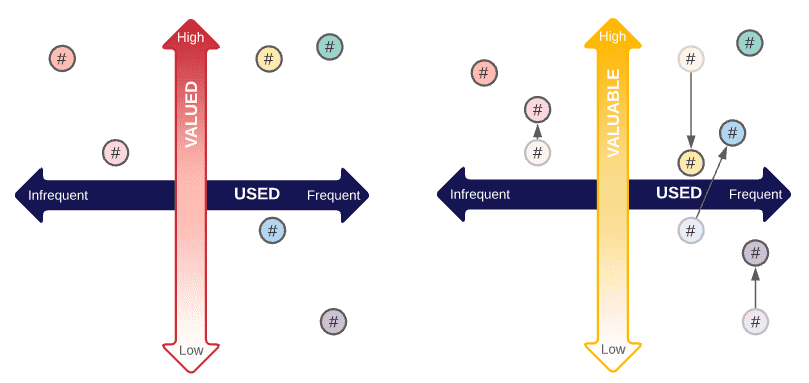What if valuable resources are right under our noses, and we don’t recognise them for what they are! This may be more common than we realise.
To use a simple example, I went to the post office a few days ago and it occurred to me that I use their service every day of the week. Yet I’d never posted a review despite outstanding service. Also, the value exceeds what I pay (in my opinion). After looking on Google Maps, I realised half the reviews were negative and immediately posted a review. The staff are helpful and reliable, and deliver a critical service.
This is analogous of life.
We are surrounded by people, organisations, and things that we value too little or too much.
Examples of people and things that are valuable by under-served/under-supported:
- Staff that are outstanding
- Segment of customers that is under-served and provides a market opportunity
- Data that holds untapped value
- Sales channels which can be expanded
- Intellectual property which is under utilised
- Business processes which are highly manual
But do we give them adequate attention and support? Can we invest in their improvement, or even simply give more attention?
Below are 4 simple steps you can take to maximise the value you gain from people, organisations and things around you and your organisation.
Step 1: Identify what’s Valued and Used
On a page, draw two axes – the vertical axis for how much the capability is *valued* and the horizontal axis for how much the capability is *used*.
Identify the people, capabilities, and organisations; and position them on the page. As a prompt, look at the following grid to identify extra capabilities.

Step 2: Identify what’s under/over-valued
Now change the vertical axis to “Valuable” (rather than “Valued”) and estimate how valuable you believe the capability to truly be. Now make a note of where it should be placed on the axes and consider where the greatest gaps are.
Often people place too much or too little value on something. This can be based on their level of familiarity with the subject, how visible the capability is, what other people think, current industry trends, and how much they are personally impacted by it.
An example is a business processes that is critical to the business and is executed every week. There’s one staff member that is expert in it, and few other people understand it. As a result, the staff member is limited to a handful of immature spreadsheets/systems, and it’s difficult to backfill them. If this process stopped, there would be big problems.
Another example is a proprietary process/system that is underutilised but very unique. This could provide a great opportunity.

Step 3: Prioritise
The next step is to prioritise a few capabilities that you believe to be worth investing in. There may be some areas that will require a small amount of attention/investment to deliver value, while others may require significantly more attention. It’s a good idea to identify a spread for consideration.
Step 4: Influence and Execute
So that you can engage others in the journey, it’s a good idea to involving other people in these steps. There will be several people that understand the thinking from the outset, and you will all be able to influence others and gain buy-in.
This step is a subject for another post, and influencing others will reap rewards.
Let the Emergent team support your journey. We’ve been involved in 50+ projects, across 12+ industries, with 10+ software categories. We have experience with most scenarios an organisation can face, and our approach is to empower our clients.
Reach out to us for a conversation.
























